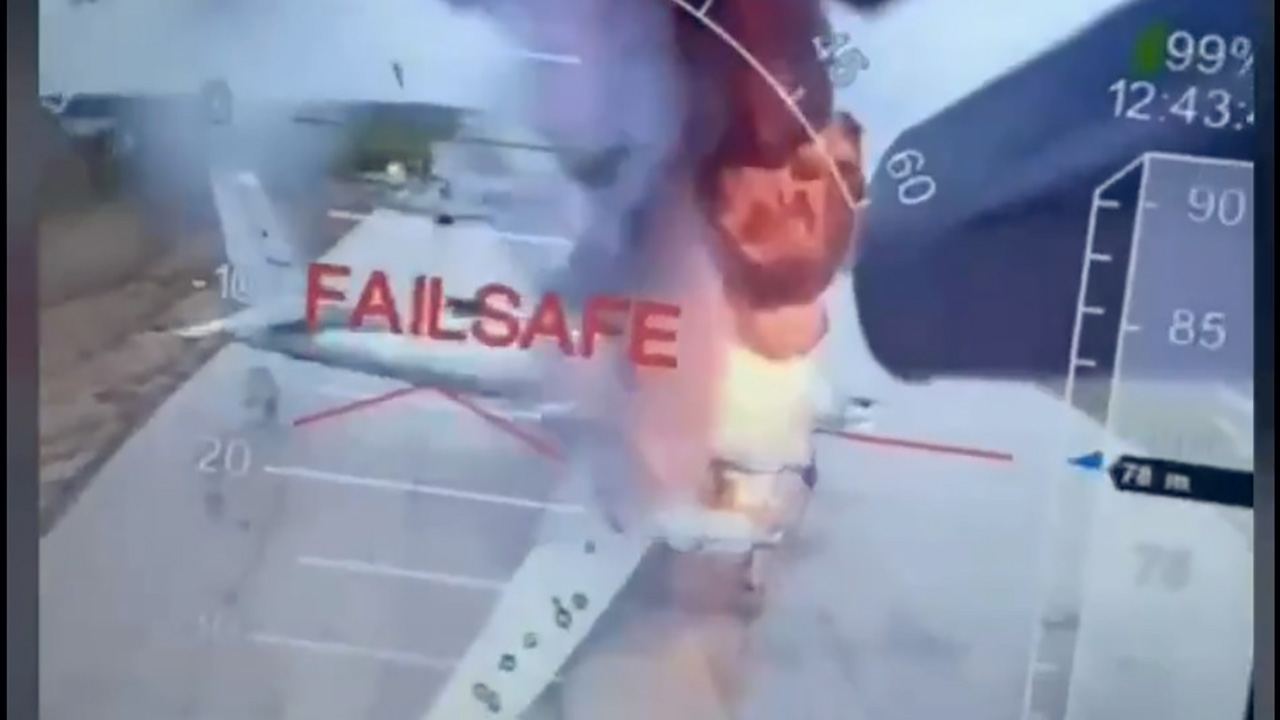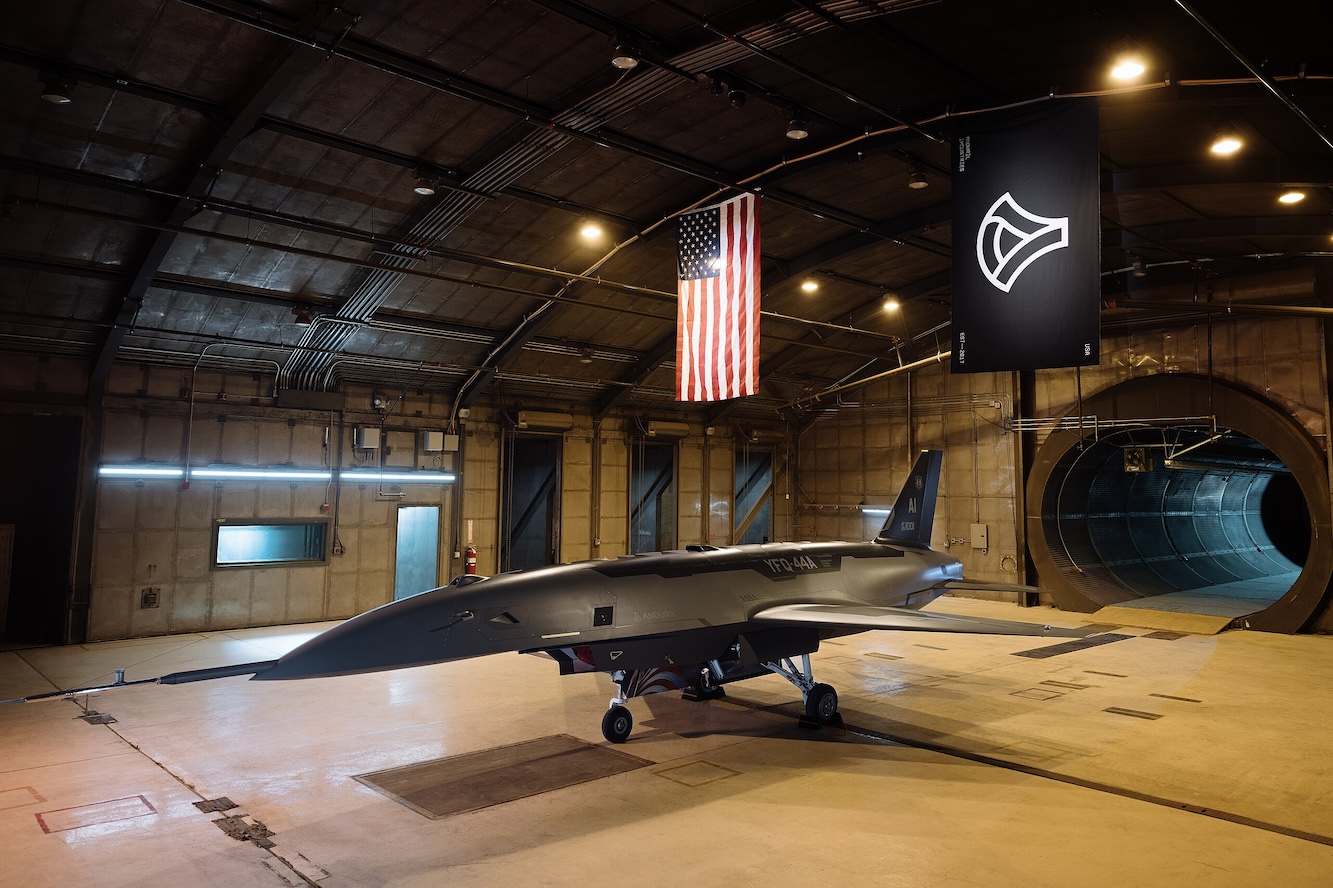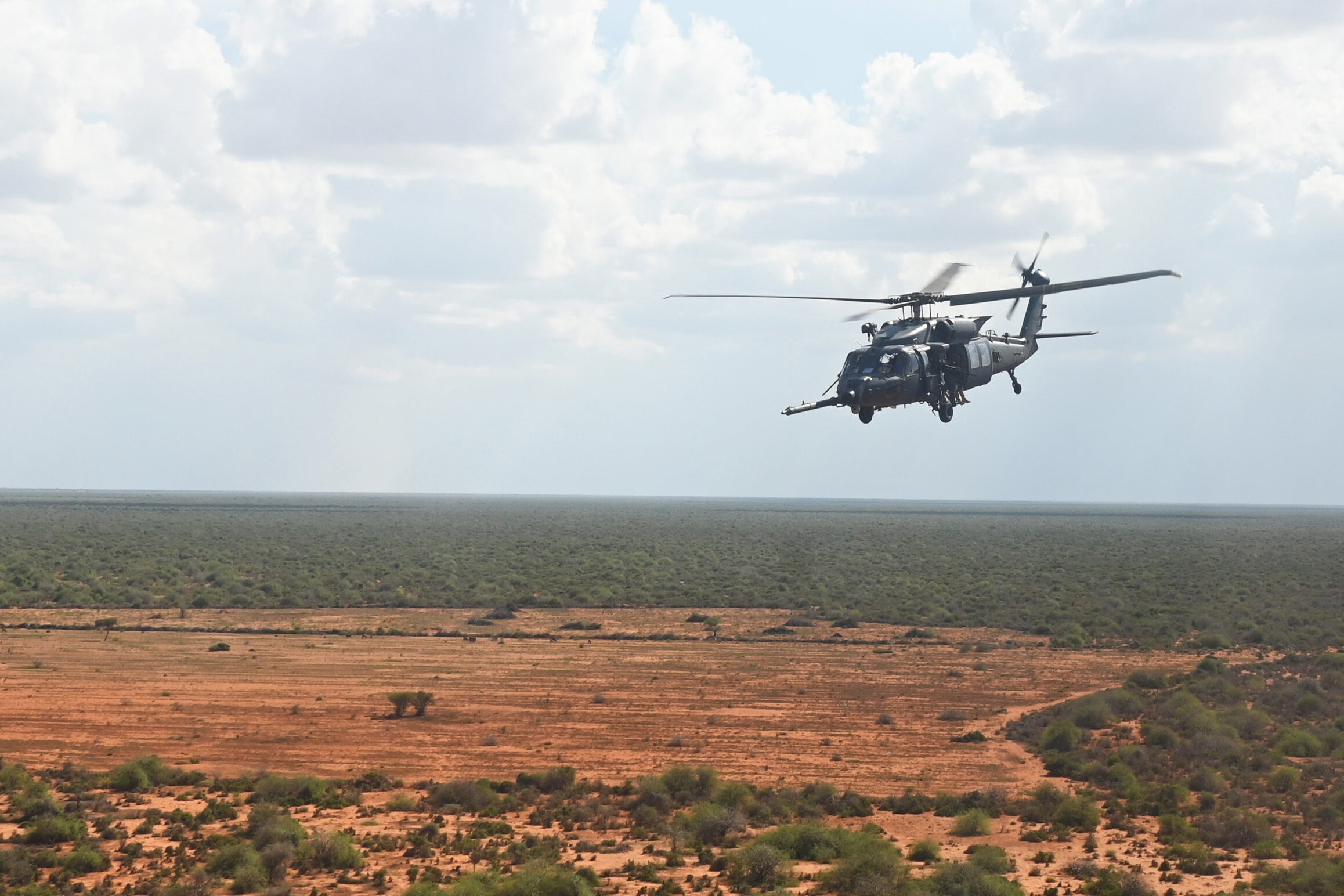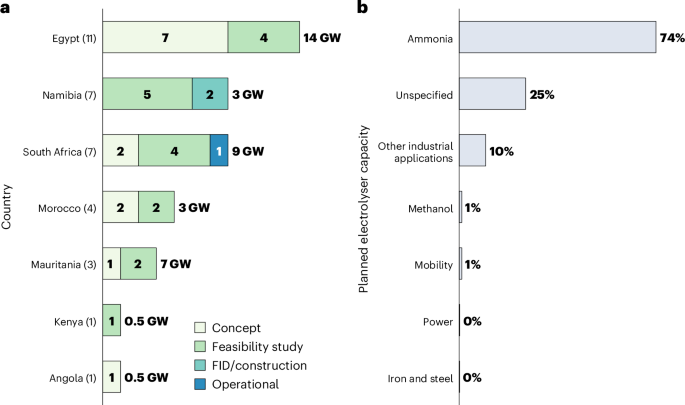Today’s D Brief: Dramatic strikes hit Russian airbases; WH’s 2026 budget; Army’s drone training; INDOPACOM’s AI; And a bit more.
Smuggled Ukrainian drones struck dozens of bombers at airfields across Russia over the weekend. “The spectacular operation, known as Spiderweb, was prepared in secret over 18 months. Ukraine’s agents moved short-range drones and explosives inside Russia before they were launched remotely for a coordinated strike on Sunday that was intended to strike at Moscow’s air superiority,” reported The Guardian, whose “Operation Spiderweb: a visual guide to Ukraine’s destruction of Russian aircraft” offers video, maps, photos, and diagrams. The operation’s 117 drones hit more than one-third of “the strategic cruise missile carriers stationed at airbases,” Ukrainian President Volodymyr Zelenskyy told press. Read more, here. Capital Alpha’s Byron Callan: “The creativity of the Ukrainian strike should get countries thinking much harder about sheltering combat aircraft and defense against short-range UAS – that will cost money. It’s not a good idea to park aircraft out in the open where they can be easily destroyed. We don’t know how this could shape thinking about 1) investment in air defense; 2) investment in strategic bombers, tankers, and other special mission aircraft; and 3) construction to harden bases.” Also: two Russian railroad bridges collapsed over the weekend. It was not immediately clear whether these were among the dozens of incidents of sabotage since Russia invaded Ukraine in 2022, but Russian officials said they are treating them as “acts of terrorism.” (Moscow Times) All that was prelude to the resumption of peace talks between Russia and Ukraine today in Istanbul. Just over an hour’s worth of talks produced an agreement to “swap all severely wounded and ill prisoners of war and to exchange the bodies of thousands of fallen soldiers,” ABC News reported, citing Ukrainian Defense Minister Rustem Umerov, who added that the sides also discussed a possible meeting between Zelenskyy and Russian President Vladimir Putin. Recap, per ABC: “Ukraine is calling for a full 30-day ceasefire during which time peace negotiations can take place. Russia has refused the request, with Putin and his top officials retaining maximalist war goals dating back to the opening days of the Russian invasion”—e.g., demands that Ukraine disarm, cede four of its regions plus Crimea to Russia, and promise to never join NATO. Read on, here. Welcome to this Monday edition of The D Brief, a newsletter dedicated to developments affecting the future of U.S. national security, brought to you by Bradley Peniston wth Jennifer Hlad. Share your tips and feedback here. And if you’re not already subscribed, you can do that here. On this day in 1941: USS Long Island (CVE-1) was commissioned, the first of 120-plus escort carriers the United States built for World War II. 2026 budget proposal The Trump White House released some more details about its 2026 budget proposal in a 1,224-page document on Friday afternoon. The doc includes “only a basic outline for $893 billion in military spending,” and no details on “total troop numbers or specifics on weapons purchases,” Air & Space Forces Magazine wrote. The Department of the Air Force would get $260.8 billion for the Air Force and Space Force. That’s up $3.7 billion, or 1.4 percent—which is “roughly half the rate of inflation for 2024, which was 2.9 percent, according to the Bureau of Labor Statistics,” wrote A&SFM’s Rachel Cohen. What’s next? “The Republican-led tax-and-spending package, dubbed ‘the One Big Beautiful Bill Act,’ that has passed the House and is awaiting Senate action would add at least $23.5 billion for Air Force and Space Force programs starting in 2025.” “The increasingly fragmented budget process in Washington makes it difficult to compare funding across fiscal years,” Cohen adds. Read that, here. Additional reading: “2026 budget proposal would axe one-third of CISA workforce,” reports David DiMolfetta of Nextgov. “The White House spending proposal would cut nearly 1,000 jobs at the nation’s lead civilian cyber agency, and reduce funding for related cyber and intel programs.” UK's defense plan The plan describes what Britain will do as it ups defense spending to 2.5% of GDP, including “create a British Army which is 10 times more lethal” by combining capabilities with air defence, long-range weapons and other technologies. Prime Minister Keir Starmer said Monday. The Evening Standard has key points, here. Around the Defense Department Army scrambles to improve drone training. As drones move toward the center of modern combat, U.S. Army units are racing to invent ways to give soldiers the training they need. That includes exploring virtual and small-scale, home-station training environments to get more practice in between larger training exercises, leaders told reporters Friday after Exercise Arcane Thunder in Europe. “I mean, the Army’s spent 250 years perfecting places where we can shoot tanks and shoot helicopters and rifles and all those things,” said Maj.

The operation’s 117 drones hit more than one-third of “the strategic cruise missile carriers stationed at airbases,” Ukrainian President Volodymyr Zelenskyy told press. Read more, here.
Capital Alpha’s Byron Callan: “The creativity of the Ukrainian strike should get countries thinking much harder about sheltering combat aircraft and defense against short-range UAS – that will cost money. It’s not a good idea to park aircraft out in the open where they can be easily destroyed. We don’t know how this could shape thinking about 1) investment in air defense; 2) investment in strategic bombers, tankers, and other special mission aircraft; and 3) construction to harden bases.”
Also: two Russian railroad bridges collapsed over the weekend. It was not immediately clear whether these were among the dozens of incidents of sabotage since Russia invaded Ukraine in 2022, but Russian officials said they are treating them as “acts of terrorism.” (Moscow Times)
All that was prelude to the resumption of peace talks between Russia and Ukraine today in Istanbul. Just over an hour’s worth of talks produced an agreement to “swap all severely wounded and ill prisoners of war and to exchange the bodies of thousands of fallen soldiers,” ABC News reported, citing Ukrainian Defense Minister Rustem Umerov, who added that the sides also discussed a possible meeting between Zelenskyy and Russian President Vladimir Putin.
Recap, per ABC: “Ukraine is calling for a full 30-day ceasefire during which time peace negotiations can take place. Russia has refused the request, with Putin and his top officials retaining maximalist war goals dating back to the opening days of the Russian invasion”—e.g., demands that Ukraine disarm, cede four of its regions plus Crimea to Russia, and promise to never join NATO. Read on, here.
Welcome to this Monday edition of The D Brief, a newsletter dedicated to developments affecting the future of U.S. national security, brought to you by Bradley Peniston wth Jennifer Hlad. Share your tips and feedback here. And if you’re not already subscribed, you can do that here. On this day in 1941: USS Long Island (CVE-1) was commissioned, the first of 120-plus escort carriers the United States built for World War II.
2026 budget proposal
The Trump White House released some more details about its 2026 budget proposal in a 1,224-page document on Friday afternoon. The doc includes “only a basic outline for $893 billion in military spending,” and no details on “total troop numbers or specifics on weapons purchases,” Air & Space Forces Magazine wrote.
The Department of the Air Force would get $260.8 billion for the Air Force and Space Force. That’s up $3.7 billion, or 1.4 percent—which is “roughly half the rate of inflation for 2024, which was 2.9 percent, according to the Bureau of Labor Statistics,” wrote A&SFM’s Rachel Cohen.
What’s next? “The Republican-led tax-and-spending package, dubbed ‘the One Big Beautiful Bill Act,’ that has passed the House and is awaiting Senate action would add at least $23.5 billion for Air Force and Space Force programs starting in 2025.”
“The increasingly fragmented budget process in Washington makes it difficult to compare funding across fiscal years,” Cohen adds. Read that, here.
Additional reading:
- “2026 budget proposal would axe one-third of CISA workforce,” reports David DiMolfetta of Nextgov. “The White House spending proposal would cut nearly 1,000 jobs at the nation’s lead civilian cyber agency, and reduce funding for related cyber and intel programs.”
UK's defense plan
The plan describes what Britain will do as it ups defense spending to 2.5% of GDP, including “create a British Army which is 10 times more lethal” by combining capabilities with air defence, long-range weapons and other technologies. Prime Minister Keir Starmer said Monday. The Evening Standard has key points, here.
Around the Defense Department
Army scrambles to improve drone training. As drones move toward the center of modern combat, U.S. Army units are racing to invent ways to give soldiers the training they need. That includes exploring virtual and small-scale, home-station training environments to get more practice in between larger training exercises, leaders told reporters Friday after Exercise Arcane Thunder in Europe.
“I mean, the Army’s spent 250 years perfecting places where we can shoot tanks and shoot helicopters and rifles and all those things,” said Maj. Gen. John Rafferty, who commands the 56th Artillery Command in Wiesbaden, Germany. “And so we have to really work hard to find the places where we can train, to bring all these multi-domain capabilities together.” Defense One’s Meghann Myers has more, here.
INDOPACOM brings AI to wargaming exercise. “The Pentagon has long sought to realize the potential of artificial intelligence to help commanders; now U.S. Indo-Pacific Command is about to use AI-powered decision aids in a signature tabletop exercise, D1’s Lauren C. Williams reports. That exercise begins today.
“INDOPACOM will put its work on the Thunderforge project to use during the second half of its annual Pacific Sentry exercise, in which headquarters staff and command components square off against a simulated enemy, the command's director of requirements and resources said Thursday.” Read on, here. ]]>






















































































































































